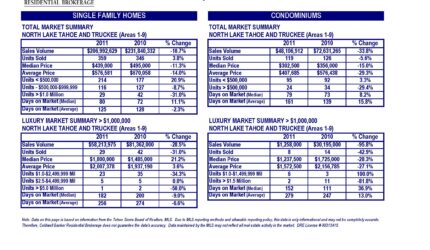Health Fair July 14 & 15 in Kings Beach! Preventive Health Screenings for Really Cheap!
Lake Tahoe health fair available to anyone July 14 & 15 in Kings Beach Conference center. It is quite a comprehensive check up, that includes ultrasound, EGG and blood-work, for pretty cheap. See below for contact and pricing: Thur. & Fri. - July 14 & Continue Reading
